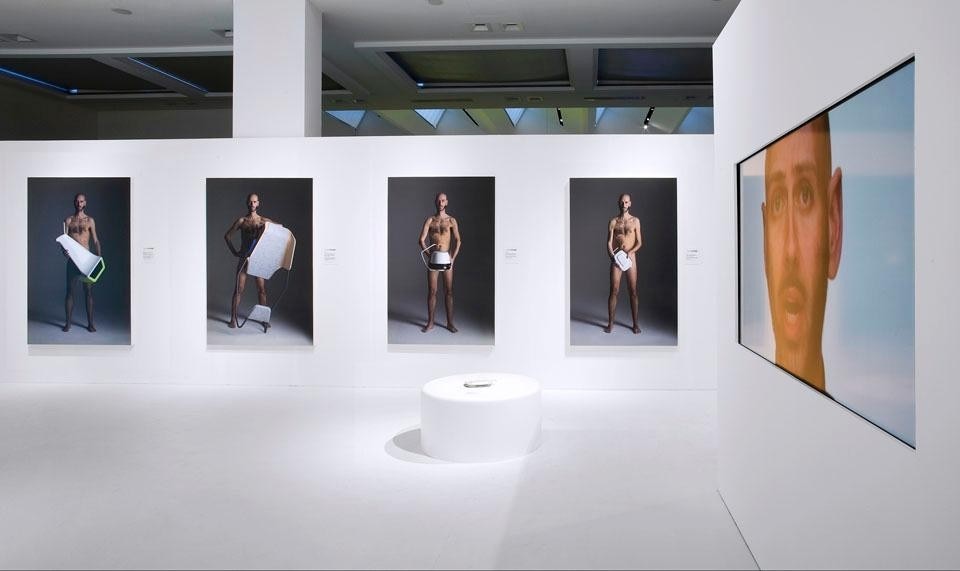How did the collaboration with Toscani come about ?
I didn't want a traditional curator, tied to the world of design. I had never worked with him, but his approach seemed very similar to mine, because JoeVelluto has a very communicative approach. The term seems almost derogatory. But for me, "communicative" means to give meaning and a bit of artistry to what I do. I thought that Toscani might be the right person also because underlying his work is a social conscience and great respect for humanity.
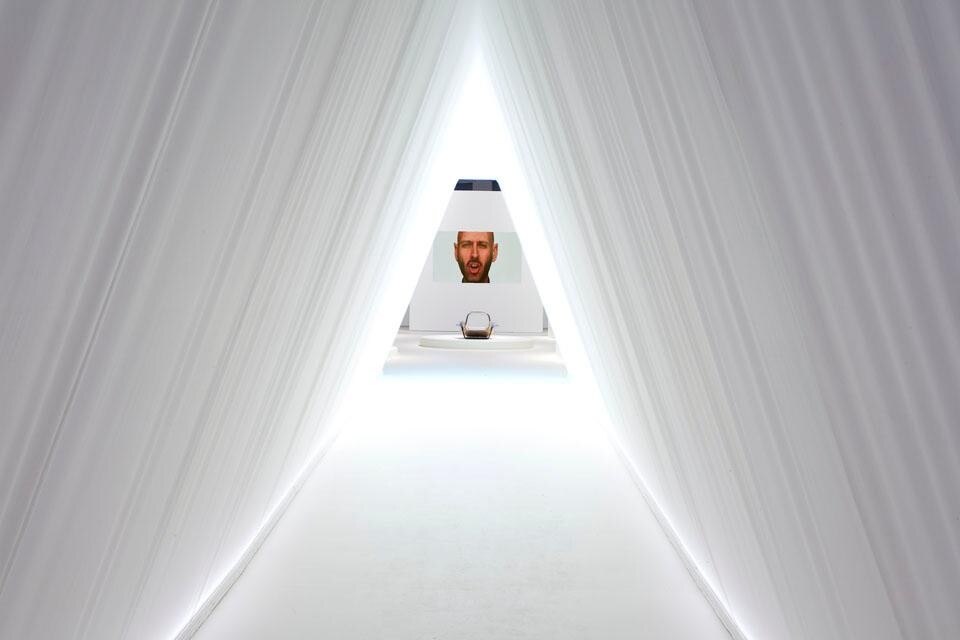
Yes, and with this show, our intention was to point out what is happening in the design world, recreating the dynamics of marketing as related to products, paradoxically using beauty as a form of protest. I designed five objects—hyperdesigned them—with iconographic features that everyone can recognize and yet, at the same time, indecipherable. As Silvana Annicchiarico pointed out, they are amphibological objects that can be understood in different ways. They are also the most designed objects that JoeVelluto has ever produced. They are reproducible; they can be industrialized; research was done on the chromatic range and formalisms... I found myself in total agreement with Oliviero Toscani when he claimed that "Today, design is no longer that of the Bauhaus." We tried to show what happens when we create new demand. In this sense, these objects are references to functionalism and formalism. Our aim was to ensure that people raised certain questions. It seems to me that, today, design is treated as a novelty when, in fact, it is part of normal everyday life. We also want this show to be a future vision of what design might be. Design is normality.
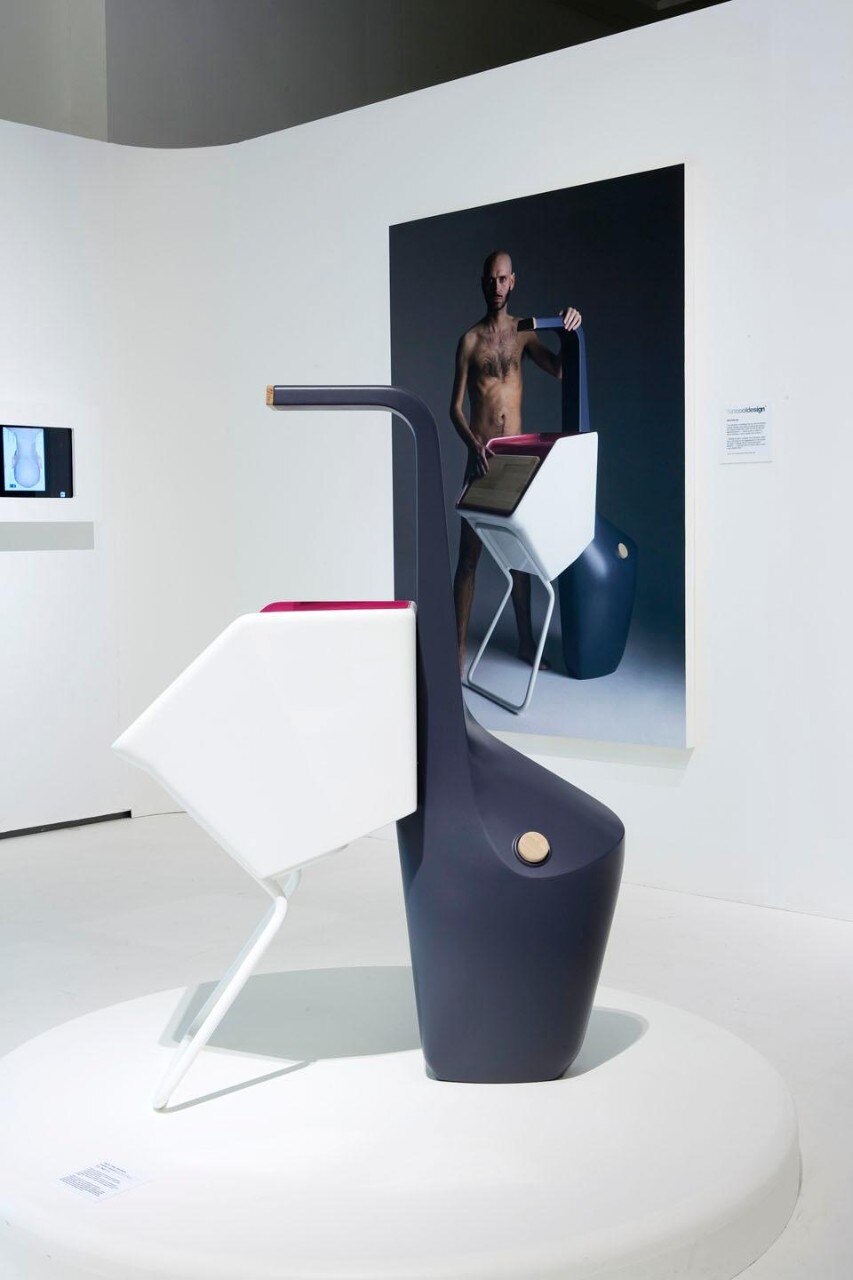
Yes, absolutely; it is an invitation to further exploration. These objects are citations. We created desirable objects, which is what marketing routinely does. Further levels of investigation can include communications, design, marketing, the meaning of a project, production, materials... In practice, everything that revolves around the design world. This is the second episode after "Useless is More." That show was more theoretical: it dismantled objects and asked the question: "If I take the function away, can an object continue to have the same meaning?" Here we emphasize aesthetics that become a means of protest.
What are the functions of these objects?
Everyone can interpret them as he or she wishes. I don't want to reveal the uses that we imagined because ours is an invitation to think about the meaning of design. It would be interesting to take a poll. A special issue of the magazine Made WS was edited by JoeVelluto with the extraordinary contribution of Oliviero Toscani, who did the cover in the spirit of FunCoolDesign.
So the spirit of the initiative also includes some irony about a kind of marketing that creates needs that we don't have?
I'm starting to hate the word irony connected with JoeVelluto. It is exactly for this reason that the exhibition is entitled FunCoolDesign. Some say that our work is fun or cool. Together, FunCool. It is not ironic at all: it is awareness. Our work is very agonizing.
Today, the design is no longer the harmony of all functions, but it is a fashion phenomenon that places itself between sales promotion, marketing and futility
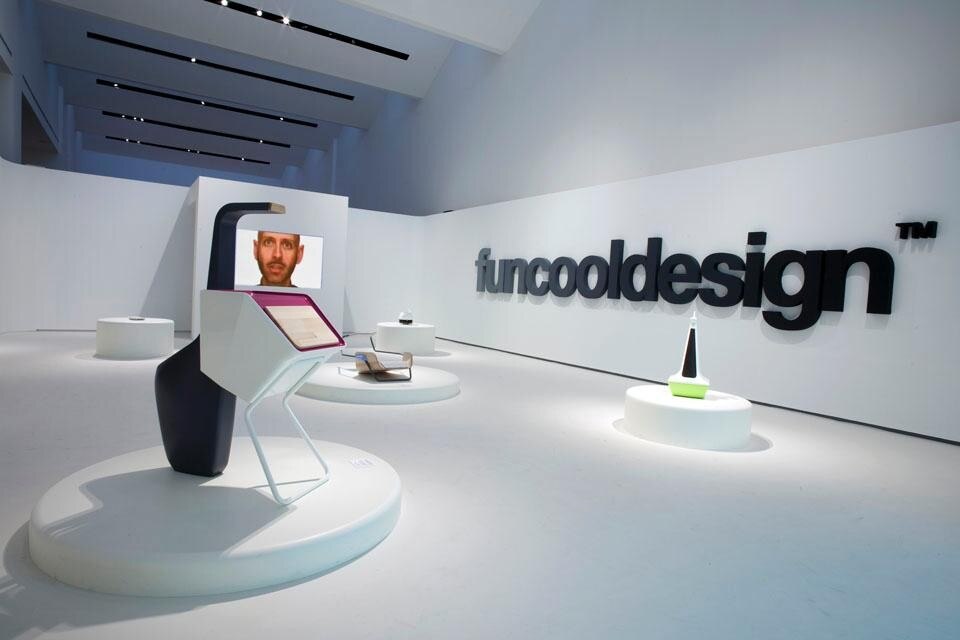
I accurately represent the self-referential hedonism of designers who believe themselves to be artists. The way I see it, the designer is actually the very opposite of an artist. JoeVelluto is a group of people and what we do would not exist if there were not others with me. In the words of Bruno Munari, the designer's work is done in groups.
How do you split up the work in the office?
I'm the art director and I discuss everything with partner Sonia [Tasca] who is my other half professionally. She works on graphics and communications and I work on the product.
Isn't it a bit much that, today, designers must design and then also communicate their products?
Yes it is. From a theoretical point of view, it is right that we follow the design process from start to finish. But it is not right on the economic level because it is a very long journey. Moreover, the designer is likely to become a company's "collaborationist," only executing specific instructions that come down from above. In this case, the designer does a drawing without inventing anything. I am very fond of the historic figures who created modern design, Sottsass, Mari, Branzi. Especially Sottsass, who did not care at all about marketing and thought that the designer's task was to invent something. For this reason, we invented these new objects, without any predefined functions, to add a bit of poetics, reflection, curiosity; and to show what's going on during this time of crisis. But also to take stock of the situation—to see if we can start from scratch.
The risk is that people will stop at the facade and that this can become a wasted opportunity…
There will be those who stop with fun and cool. Those who go further, however, will be able to read the entire message. Which is not only a dirty word. It is an invitation to reflect on the meaning of design.
So then, against whom are you protesting exactly?
Against the "collaborationists," against marketing and all the dynamics that are fun and cool, while we are for design made of meaning and innovation—of provocation. A provocation à la Oliviero Toscani, which is not gratuitous but which invites you to ask questions and change, to do something new. The truly self-referential shows by designers who celebrate themselves as if they were artists is easy to conflate with what you can buy in a design store.
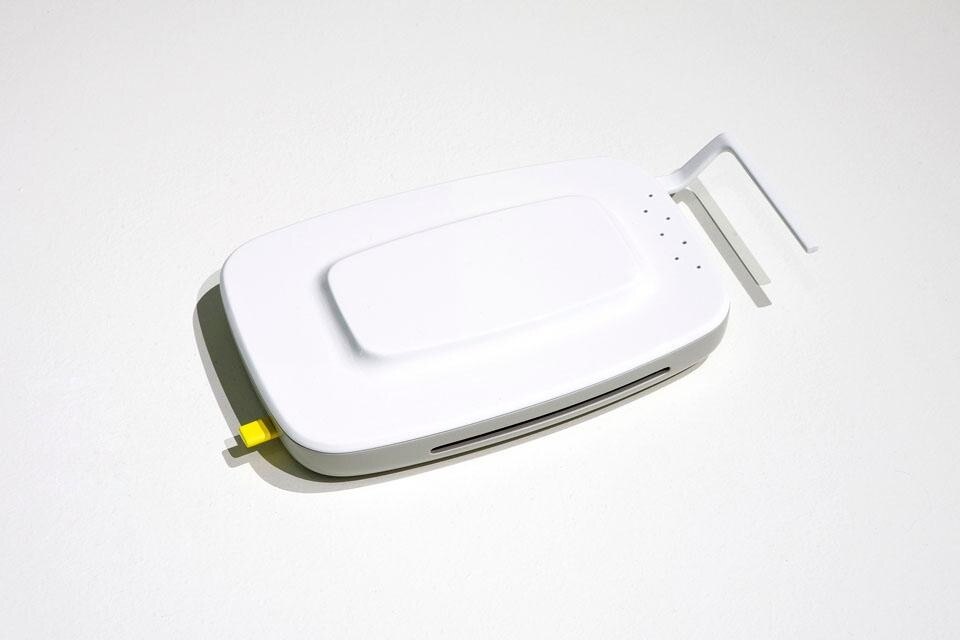
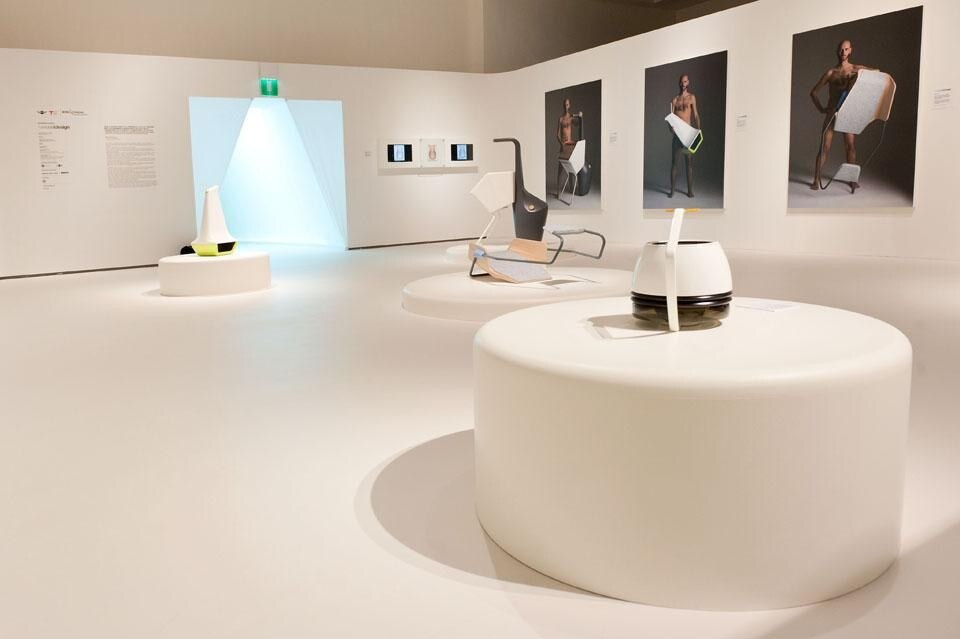
FunCoolDesign™
Triennale di Milano
Viale Alemagna 6, Milan
Curator: Oliviero Toscani
The CreativeSet exhibitions are directed by Silvana Annicchiarico


